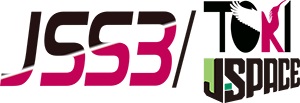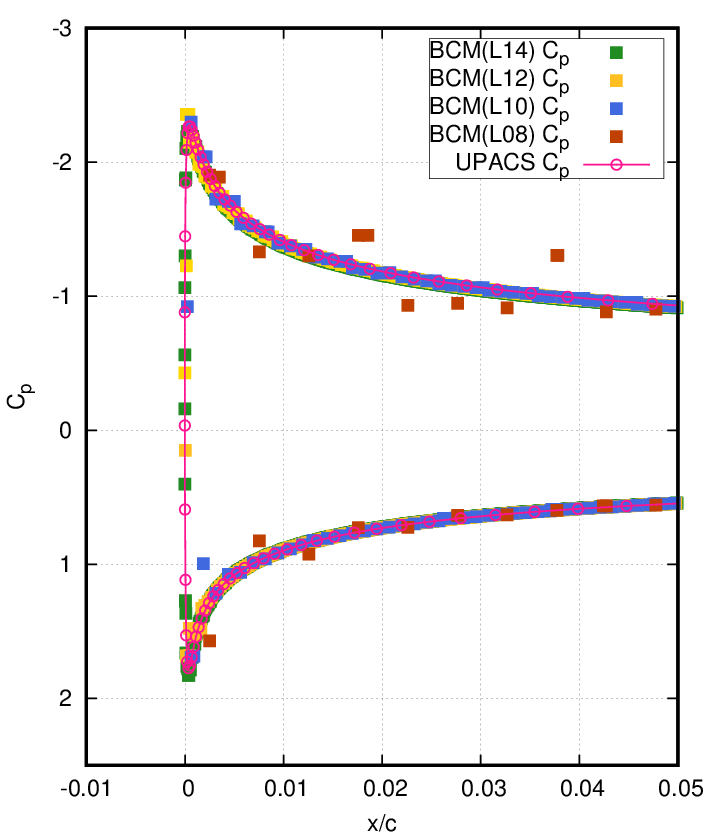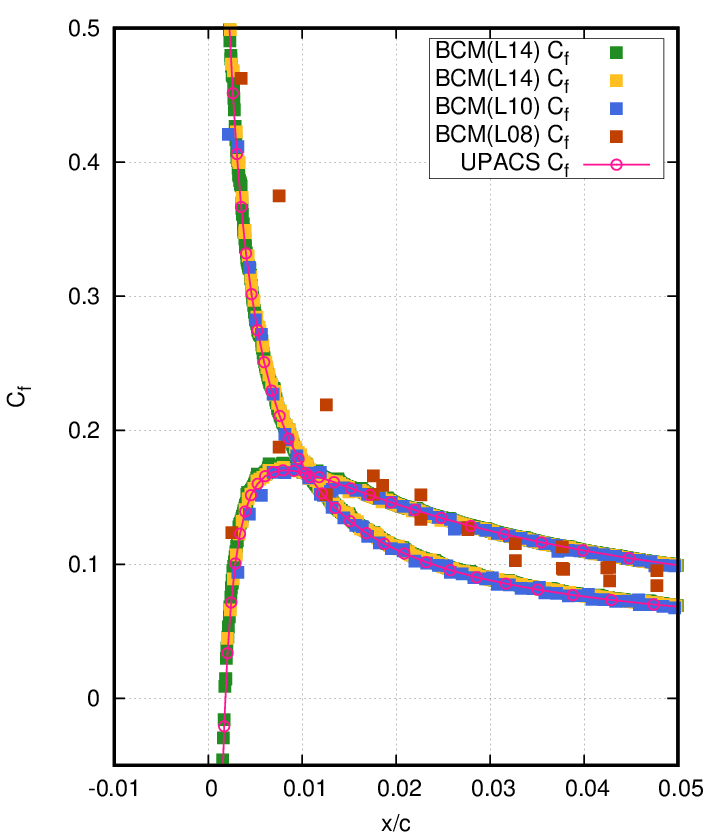MEXT Program for Promoting Researches on the Supercomputer Fugaku, Leading research on innovative aircraft design technologies to replace flight test
JAXA Supercomputer System Annual Report April 2020-March 2021
Report Number: R20ECMP30
Subject Category: Competitive Funding
- Responsible Representative: Ryoji Takaki, Institute of Space and Astronautical Science
- Contact Information: Ryoji Takaki(ryo@isas.jaxa.jp)
- Members: Ryoji Takaki, Soshi Kawai, Yuichi Kuya, Hiroyuki Asada, Yoshiharu Tamaki, Hiroshi Koizumi, Masayuki Kakehi
Abstract
Realization of high-precision aerodynamic prediction by high-fedelity LES analysis around whole aircraft configulation for actual flight conditions.
Reference URL
Please refer to https://www.r-ccs.riken.jp/jp/fugaku/promoting-researches .
Reasons and benefits of using JAXA Supercomputer System
It is possible to develop programs efficiently because JSS has the same architecture as the final target “Supercomputer Fugaku”.
Achievements of the Year
The object shape is expressed as an algorithm in the analysis solver, in the method that combines the hierarchical cartesian grid method and the immersed boundary method (IB method). Therefore, some ingenuity or method is required for the surface integration required to calculate the force acting on the object, and physical quantity distribution on the object surface . Verification of the two-dimensional geometry was carried out, and it was found that sufficient accuracy was obtained by using the method proposed here. An example of verification with a two-dimensional thin wing is shown. The target was the thin airfoil NACA4402, which the IB method is not good at. The surface distribution of the pressure coefficient and friction coefficient near the front edge is shown in Figures 1 and 2. It can be seen that Level 10 and above results are in good agreement with the calculation results using a body-fitted grid(UPACS).
In addition, as part of the 1st Workshop on Cartesian Grid-based CFD, some verifications were conducted for simple geometories and good results were obtained in each task.
The method used here can also handle very thin objects. Figure 3 shows density and vorticity distributions of a flow around a semicircle with a thickness of 0 that simulates a parachute.
Fig.3(video): Density and vorticity distributions of a flow around a semicircle with a thickness of 0.
Publications
– Non peer-reviewed papers
1) Ryoji Takaki, Soshi Kawai, Yuichi Kuya, Yoshiharu Tamaki, “Verification of analysis accuracy on a two-dimensional thin airfoil surface in the immersed boundary method”, pp173-180, Proceedings of Fluid Dynamics Conference/Aerospace Numerical Simulation Symposium 2020 Online, JAXA-SP-20-008, 2021.
2) Ryoji Takaki, Soshi Kawai, Yuichi Kuya, Yoshiharu Tamaki, “Accuracy verification of hierarchical cartesian grid method-Workshop on Cartesian Grid-based CFD -“, pp77-88, Proceedings of Fluid Dynamics Conference/Aerospace Numerical Simulation Symposium 2020 Online, JAXA-SP-20-006, 2021.
– Oral Presentations
1) Ryoji Takaki, Soshi Kawai, Yuichi Kuya, Yoshiharu Tamaki, “Verification of analysis accuracy on a two-dimensional thin airfoil surface in the immersed boundary method”, Fluid Dynamics Conference/Aerospace Numerical Simulation Symposium2020Online, 3C03.
2) Ryoji Takaki, Soshi Kawai, Yuichi Kuya, Yoshiharu Tamaki, “Accuracy verification of hierarchical cartesian grid method-Workshop on Cartesian Grid-based CFD -“, Fluid Dynamics Conference/Aerospace Numerical Simulation Symposium2020Online, 3C05.
Usage of JSS
Computational Information
- Process Parallelization Methods: MPI
- Thread Parallelization Methods: OpenMP
- Number of Processes: 1 – 24
- Elapsed Time per Case: 20 Hour(s)
Resources Used(JSS2)
Fraction of Usage in Total Resources*1(%): 0.39
Details
Please refer to System Configuration of JSS2 for the system configuration and major specifications of JSS2.
| System Name | Amount of Core Time(core x hours) | Fraction of Usage*2(%) |
|---|---|---|
| SORA-MA | 2,310,466.20 | 0.44 |
| SORA-PP | 1,698.16 | 0.01 |
| SORA-LM | 59.35 | 0.03 |
| SORA-TPP | 0.00 | 0.00 |
| File System Name | Storage Assigned(GiB) | Fraction of Usage*2(%) |
|---|---|---|
| /home | 326.08 | 0.30 |
| /data | 10,477.82 | 0.20 |
| /ltmp | 2,964.52 | 0.25 |
| Archiver Name | Storage Used(TiB) | Fraction of Usage*2(%) |
|---|---|---|
| J-SPACE | 2.48 | 0.08 |
*1: Fraction of Usage in Total Resources: Weighted average of three resource types (Computing, File System, and Archiver).
*2: Fraction of Usage:Percentage of usage relative to each resource used in one year.
Resources Used(JSS3)
Fraction of Usage in Total Resources*1(%): 0.99
Details
Please refer to System Configuration of JSS3 for the system configuration and major specifications of JSS3.
| System Name | Amount of Core Time(core x hours) | Fraction of Usage*2(%) |
|---|---|---|
| TOKI-SORA | 5,352,476.57 | 1.15 |
| TOKI-RURI | 10,279.18 | 0.06 |
| TOKI-TRURI | 0.00 | 0.00 |
| File System Name | Storage Assigned(GiB) | Fraction of Usage*2(%) |
|---|---|---|
| /home | 376.03 | 0.26 |
| /data | 14,645.53 | 0.25 |
| /ssd | 202.13 | 0.11 |
| Archiver Name | Storage Used(TiB) | Fraction of Usage*2(%) |
|---|---|---|
| J-SPACE | 2.48 | 0.08 |
*1: Fraction of Usage in Total Resources: Weighted average of three resource types (Computing, File System, and Archiver).
*2: Fraction of Usage:Percentage of usage relative to each resource used in one year.
JAXA Supercomputer System Annual Report April 2020-March 2021




